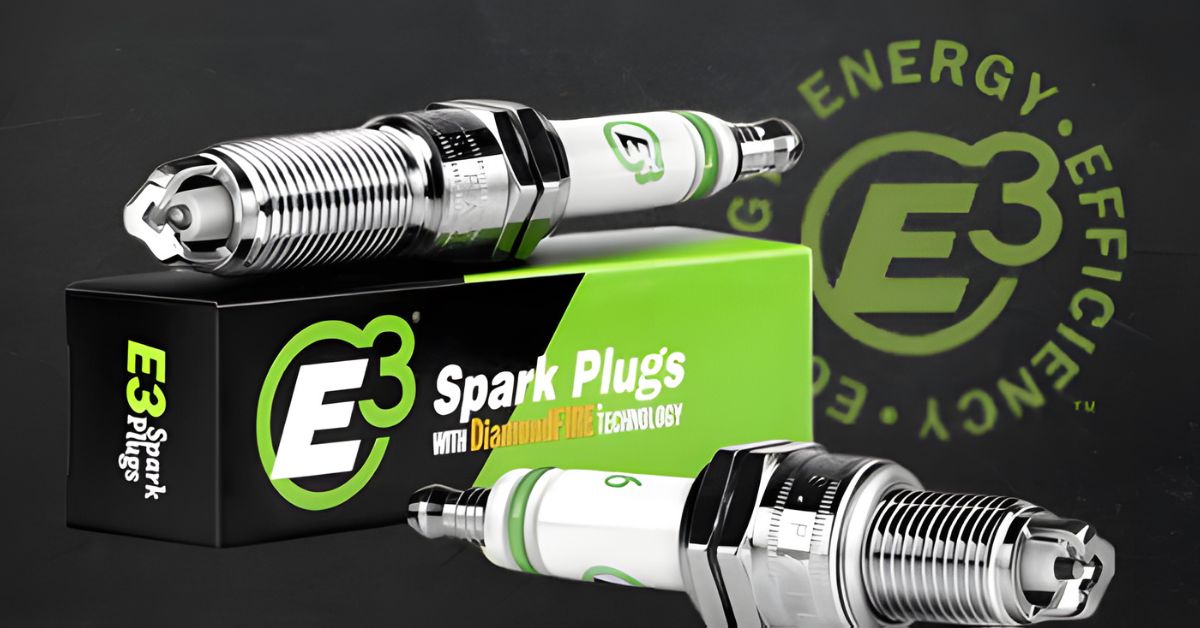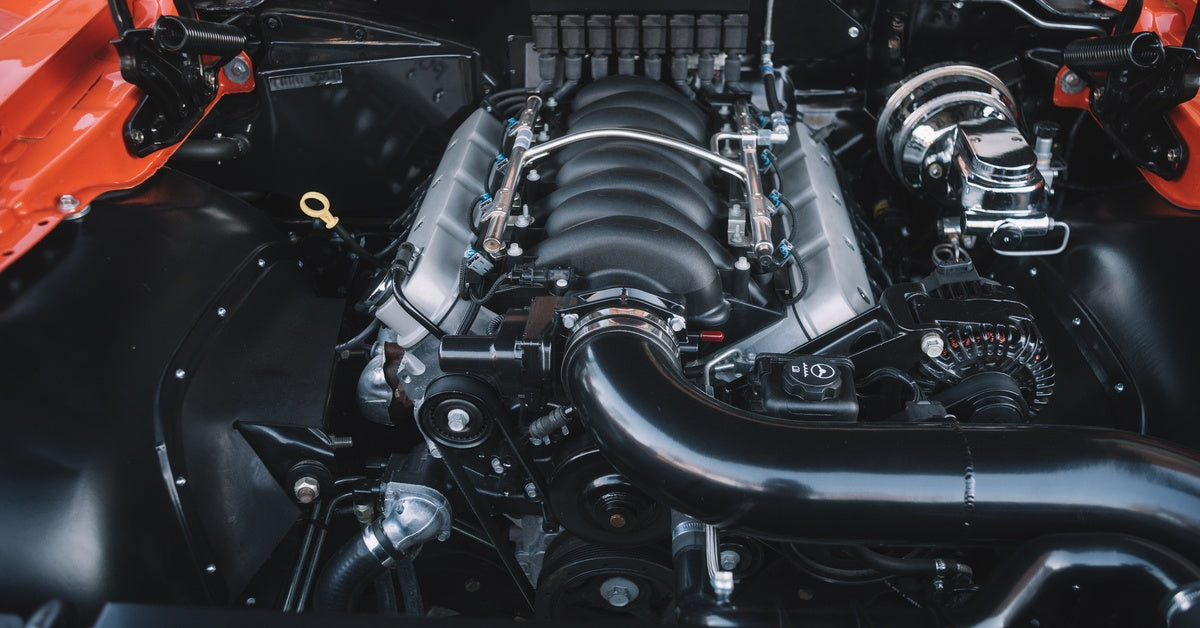
If you are an automotive technician, a car owner, or a DIY mechanic, you know that a vehicle's performance hinges on the small, often overlooked components. One such critical component is the spark plug and its wires. Below, we’ll explain everything you need to know about spark plug wiring, including its important role, signs of faulty wires, and even how to replace the wiring entirely.
The Basics of Spark Plugs
Before we get into the nitty-gritty details of spark plug components, let’s review the basics of spark plugs and their small but critical role. Spark plugs generate the spark needed to ignite the air-fuel mixture in the engine cylinders. This ignition process is what ultimately powers your vehicle, so without properly functioning spark plugs, your engine would fail to start or operate efficiently.
Spark plugs are not a one-size-fits-all component. They vary based on the type of engine, fuel, and specific performance requirements. Whether you're driving a car, an off-road ATV, or pushing around a lawn mower, the right spark plug can make all the difference.

The Critical Components of Spark Plugs
The wiring is just one critical component of the spark plug, all working in tandem to reliably produce the vital spark for ignition. Each element of the spark plug must withstand extreme conditions and ensure reliable performance. The essential components of the spark plug are the central electrode, ground electrode, insulator, and spark plug wires.
Central Electrode
The central electrode is the main conductor of electricity in a spark plug. It carries high voltage from the ignition coil to the spark gap, where it generates a spark. Central electrodes can be copper, platinum, or iridium, with each material offering varying levels of durability and performance.
Ground Electrode
The ground electrode is responsible for transferring heat away from the central electrode. It is typically composed of a nickel alloy or copper-core material with a nickel coating. The shape and size of the ground electrode play a significant role in controlling the amount of heat dissipated.
Insulator
The insulator surrounds and isolates the central electrode from the metal casing and ensures that electricity only flows through the spark plug's designated path. It must withstand high temperatures, electrical stress, and chemical erosion.
Spark Plug Wires
Finally, there are the spark plug wires. They transmit the electrical current from the ignition coil to the spark plug. This current must be strong enough to jump the gap at the spark plug tip, igniting the air-fuel mixture for combustion.
Poorly functioning wires can lead to weak sparks, misfires, and inefficient combustion. Ensuring they are in top condition is vital for the overall health of your engine.
Understanding the Basics of Spark Plug Wires
Spark plug wires, also known as ignition wires, have the critical role of carrying high-voltage electricity from the ignition coil to the spark plugs. They are typically made of a conductive core surrounded by insulating materials to prevent energy loss and withstand high temperatures.
How They Work
The primary function of spark plug wires is to deliver a high-voltage current from the ignition coil to the spark plugs. This current creates a spark at the spark plug tip, igniting the air-fuel mixture in the engine cylinders. High-quality spark plug wires ensure this process occurs smoothly, resulting in efficient combustion and optimal engine performance.
Signs of Failing Spark Plug Wires
Engine Misfires
One of the most noticeable symptoms of spark plug wire issues is engine misfires. If you experience stuttering or hesitation during acceleration, it may indicate that the spark plug wires aren't delivering the required voltage for optimal engine performance.
Rough Idling
Another common sign of faulty spark plug wiring is rough or uneven idling. When the spark plug wires are defective, they can lead to inconsistent sparks, resulting in unstable engine performance while idling and causing the engine to stutter, shake, and even turn off.
Poor Fuel Economy
Decreased fuel efficiency can also signal problems with the spark plug wires. When the combustion process isn't working efficiently, often due to weak or inconsistent sparks, you're likely to see a drop in fuel economy. If you notice a drop in fuel efficiency for your car for no discernible reason, the fault may lie in the spark plugs and their wiring.
Inspecting and Replacing Spark Plug Wires
To understand everything you need to know about spark plug wiring, you also need to know how to inspect and replace the wires when necessary. Here’s a step-by-step guide to help you through the process.

Step 1: Gather Tools and Materials
Before you begin, make sure to gather all the necessary tools and materials. You'll need a set of new spark plug wires, a socket set or wrench, dielectric grease, and a wire puller or pliers.
Step 2: Remove Old Wires
Start by removing the old spark plug wires. Consult your owner’s manual to locate where they are in your vehicle’s engine.
It’s crucial to replace them one at a time to avoid mixing up the firing order. Grasp the boot (the rubber cap) of the wire and twist it gently to break the seal, then pull it off the spark plug and the ignition coil.
Step 3: Install New Wires
Apply a small amount of dielectric grease to the inside of the boot of the new wire. This helps ensure a good electrical connection and makes future removal easier. Attach the new wire to the spark plug and the ignition coil, making sure it clicks securely into place.
Step 4: Repeat for All Wires
Repeat this process for each spark plug wire, replacing them one at a time to maintain the correct firing order. Once you’ve replaced all the wires, start the engine to ensure it runs smoothly.
Maintenance Tips for Prolonging Spark Plug Wire Lifespan
Regular Inspections
Regularly inspect your spark plug wires for signs of wear or damage. Look for cracks, fraying, or corrosion on the connectors. Catching these issues early can prevent more significant problems down the line.
Use Quality Products
A great way to ensure the longevity of your wiring is to invest in high-quality products. Cheaper alternatives may save you money initially but can lead to more frequent replacements and potential engine issues.
At E3 Spark Plugs, we craft our plugs for durability and longevity, thanks to our innovative technology and spark plug design. Whether you need a push mower spark plug or plugs for your car, we have a high-quality model waiting for you in our inventory.
Proper Installation
Installation is a decisive aspect of the quality and durability of spark plug wiring, so ensure you or a professional install them correctly. Loose connections can cause weak sparks and misfires, affecting engine performance.
Find Quality Spark Plugs at E3 Spark Plugs Today
When you understand the critical role that wires play in the function and performance of spark plugs, you set your engine performance up for success. If you need to replace the spark plugs or wires of your vehicle or engine, E3 Spark Plugs is here to help.
Our advanced DiamondFIRE technology provides superior ignition and improved engine efficiency. View our inventory online or contact our staff with any questions about spark plugs today!







